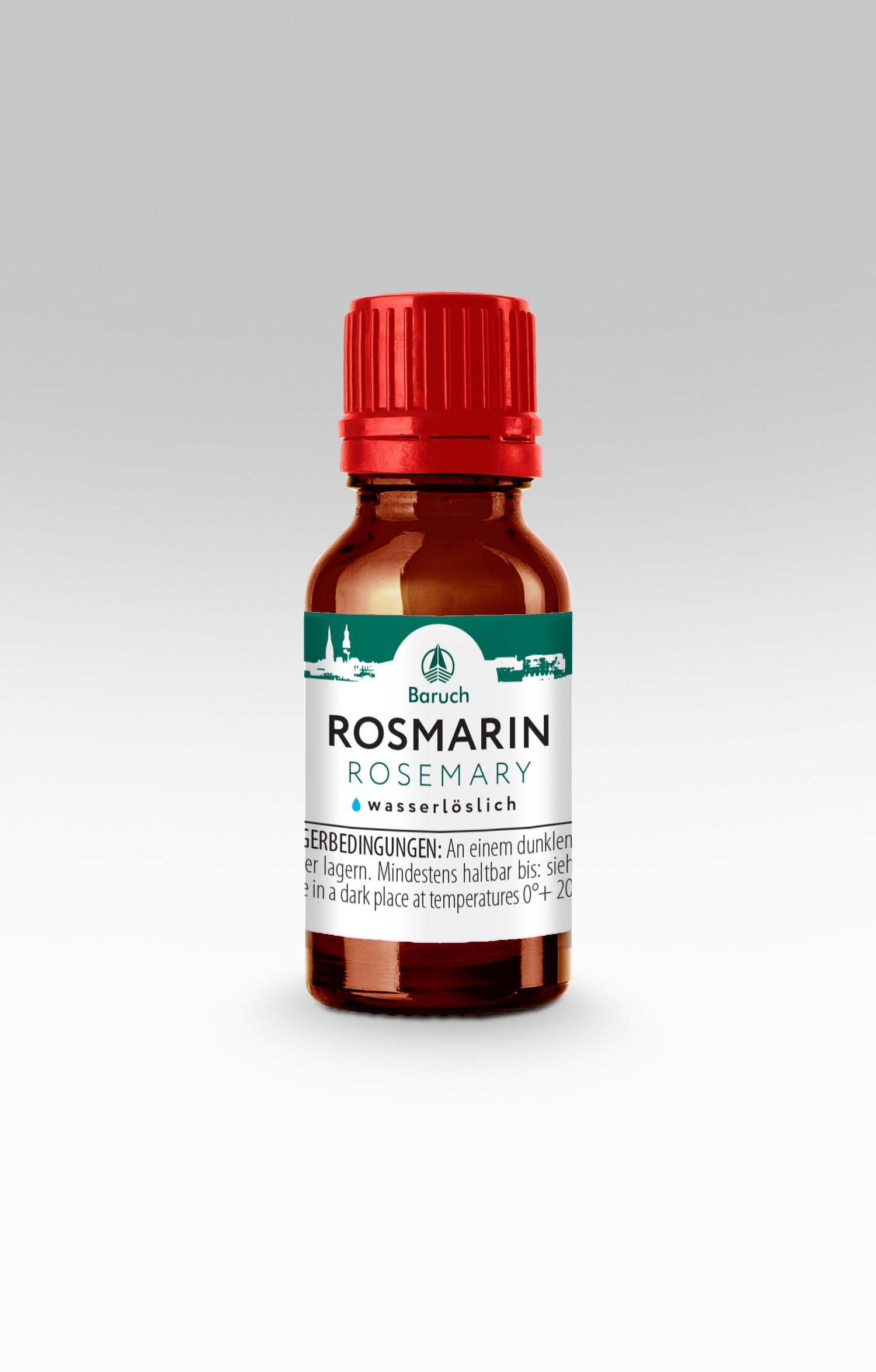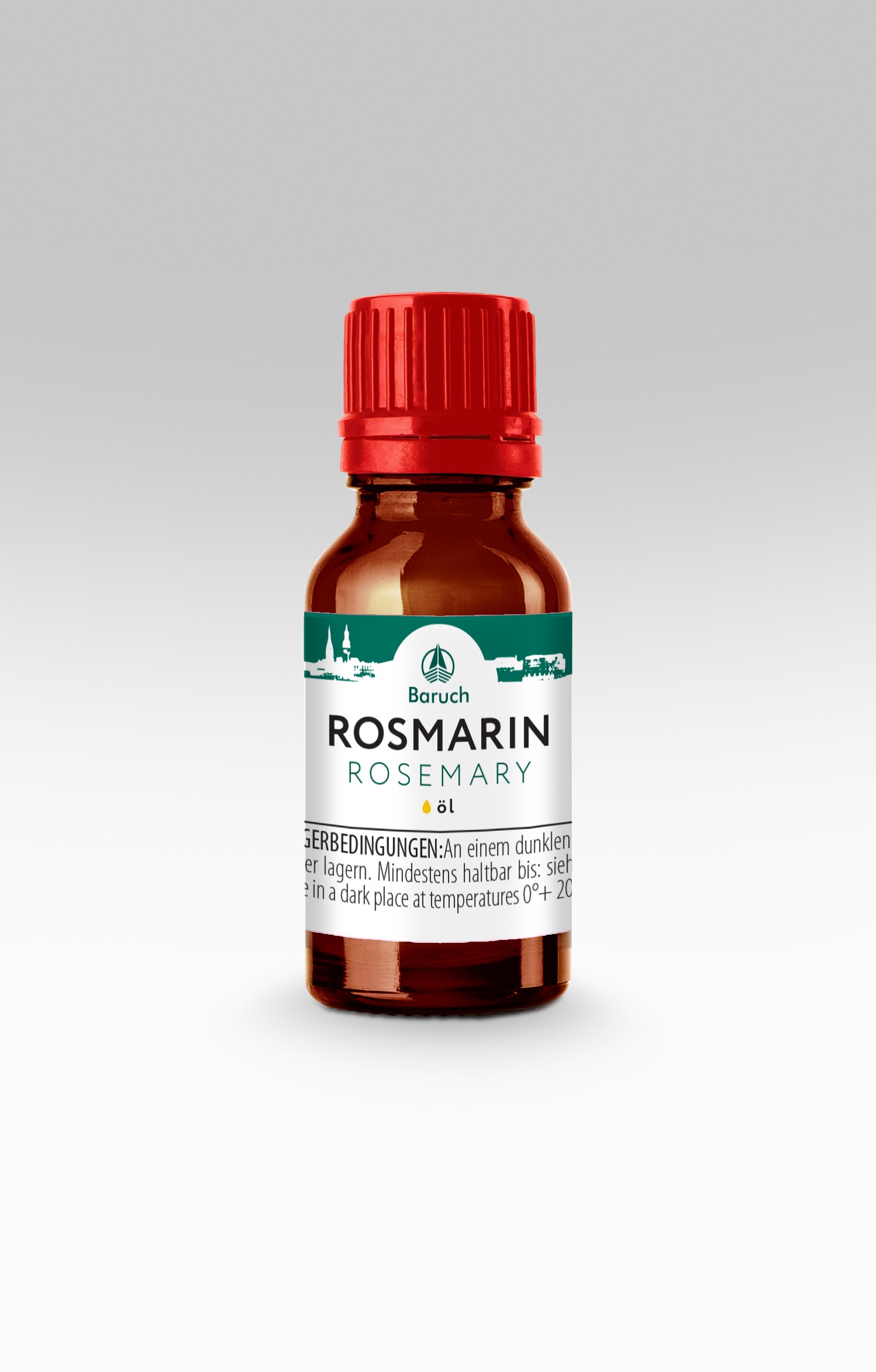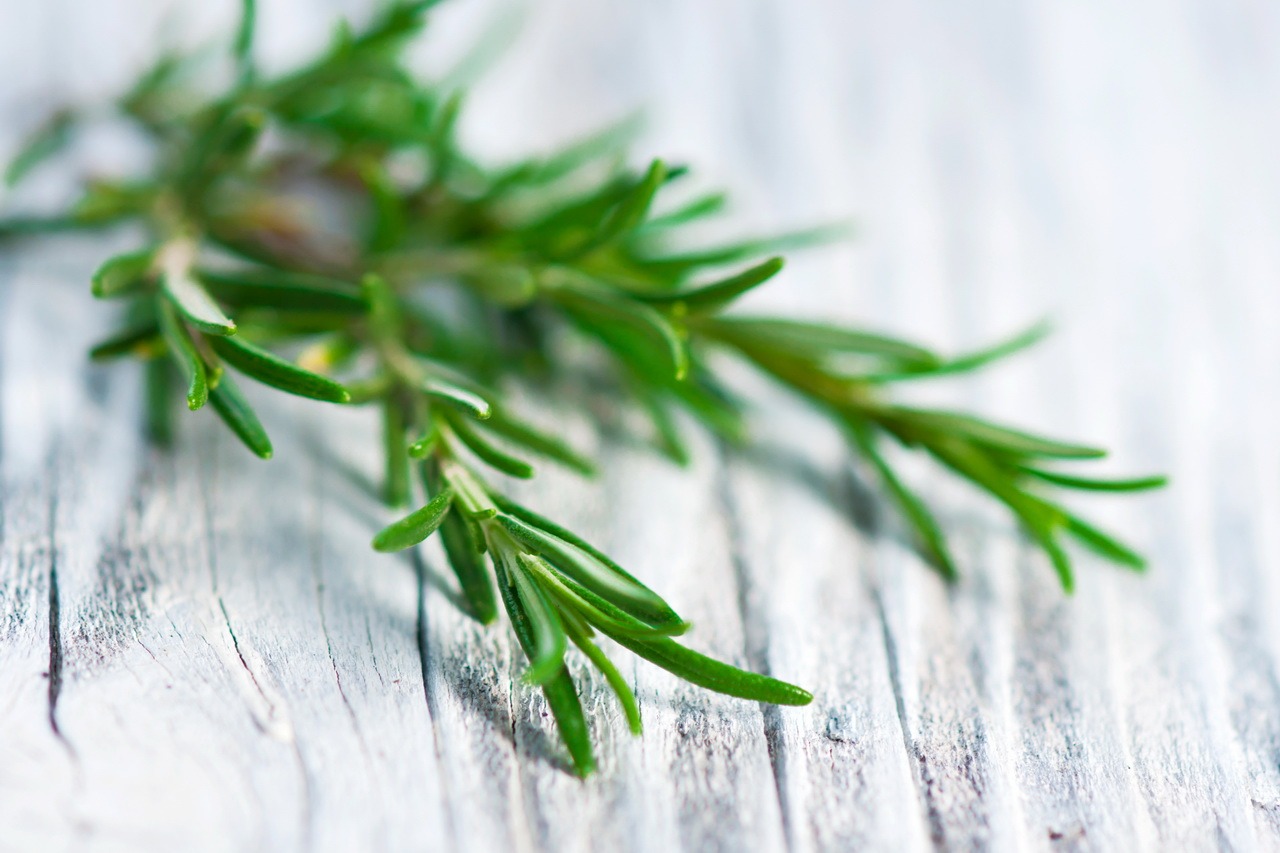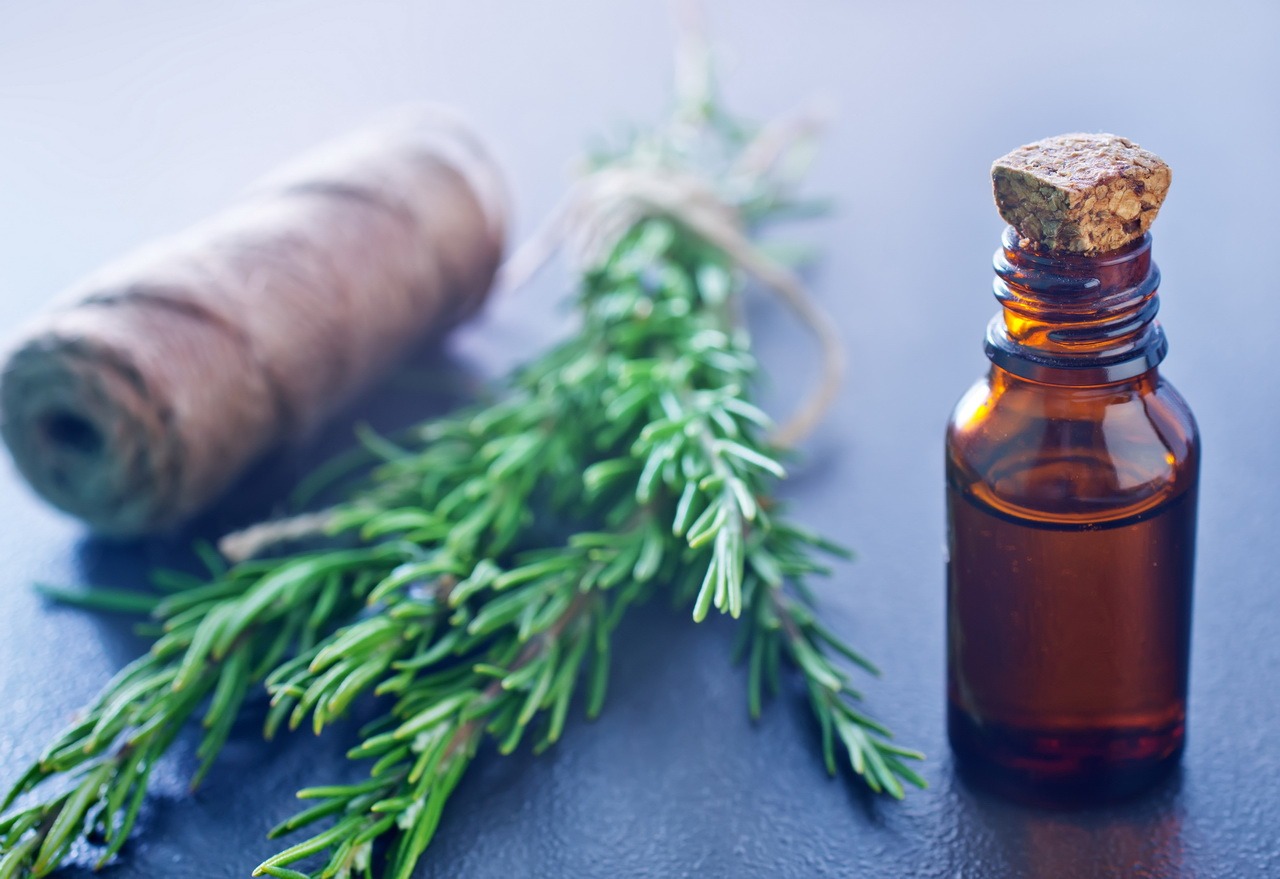Rosemary refers to plants that are widely used not only in medicine, perfumery and cosmetics, but also in the kitchen.
In the perfumery and cosmetics industry, rosemary essential oil is most commonly used.
It is also used in the manufacture of alcoholic beverages and in the baking and confectionery industries. In dried form, flowers, leaves and young shoots are used for processing fish, added as a seasoning to vegetable dishes, salads, minced meat and marinades.
In medicine, infusions and extracts from rosemary have a choleretic and tonic effect. Relieves stress and nervous tension. It is recommended to restore cerebral circulation, improve memory and vision. Volatile compounds of rosemary have a pronounced antifungal, antibacterial and antiviral effect. Rosemary has a good warming effect, so it is recommended to treat neuritis, rheumatism and arthritis.
CO2 extract from leaves and shoots of the rosemary medicinal company “Biozevtika” is an oily, brownish-colored liquid with a very bright characteristic aroma. More than 80 biologically active compounds have been identified in the CO2 extract.


Chart 1. Functional effects of CO2 extract from rosemary in cosmetics
| 1 | With the targeted use of cosmetic products with CO2 extract from rosemary, the formation of collagen, elastin and protein fibers, which represent the “strengthening” of the skin, increases. As a result, the elasticity of the skin is restored, its tone increases. |
| 2 | Rosemary CO2 extract regenerates tissues, protects the skin from flaking and dehydration, stimulates the lymphatic system and accelerates the elimination of toxins. |
| 3 | Recommended for inclusion in the composition of “solar cosmetics”, since rosemary is very effective for burns, and it also protects the skin from ultraviolet radiation. |
| 4 | Popular as an antioxidant additive in cosmetics that protect against harmful environmental influences. |
| 5 | Due to its antiseptic effect, it is effective in foot creams as an antimicrobial and antifungal agent, preventing sweating and the formation of unpleasant odors. In addition, due to its regenerating properties, it promotes the healing of cracks, abrasions and cuts. |
| 6 | It has a certain moisturizing, refreshing and rejuvenating effect. |
Chart 2. Main components of CO2 extract from rosemary
| NAME | CONTENT IN% OF THE AMOUNT OF VOLATILE COMPONENTS | EFFECT |
|---|---|---|
| n-Heptacosan | Contained in natural waxes, has a regenerating and strengthening effect. | |
| 1.8 cineole | 26 | Antiseptic, expectorant. |
| Camphor | 16 | Tones the respiratory center, stimulates heart activity. Narrows peripheral blood vessels, improves blood flow in capillaries. |
| β-Caryophyllene | 6,6 | Used in perfume compositions, fragrances for soaps and cosmetics. |
| α-Terpineol | 6,0 | Antimicrobial. Ingredient in perfumery. |
| Borneol | 5,7 | Antimicrobial. Ingredient in perfumery. |
| β-pinene | 3,5 | Easily penetrates the epidermis and irritates the nerve endings, causing an intense blood rush. Has an expectorant effect. |
| Squalene | 2,7 | Anticarcinogenic, antimicrobial and fungicidal action. Saturates tissues with oxygen, which contributes to their rejuvenation. |
| Linalool | 1,8 | Antimicrobial. Ingredient in perfumery. |
| Cymene | 1,4 | Antimicrobial. Component in perfumery and food essences. |
Chart 3. Application rates, recommendations for use and storage of CO2 extracts
| Food usage rates | The recommended range of use for the most popular 10% oil solutions of CO2 extracts among technologists in the cosmetic industry (item A10 according to our internal classification) is 0.05-0.5% of the mass of the finished product (0.5-5 g / kg or 0.5-5 kg/ton). For extracts from solutions of other concentrations (A1-A100), the application rates must be recalculated proportionately. |
| Recommendations for use | It is recommended to add CO2 extracts in the final stages of preparation, in the cooling phase of the end product. |
| Storage Instructions | It is recommended to store CO2 extracts in a closed container in a cool room and avoid direct sunlight. |
Historical reference

The ancient Romans, who attributed magical powers to the plant, believed that rosemary keeps flowers of such an attractive blue color because it grows along the shore and is washed by sea foam. And according to biblical legends, the flowers of this plant got such a color because the Virgin Mary placed Jesus under a rosemary bush, the white flowers of which turned blue. Rosemary is considered a symbol of divinity, truth and wisdom.
